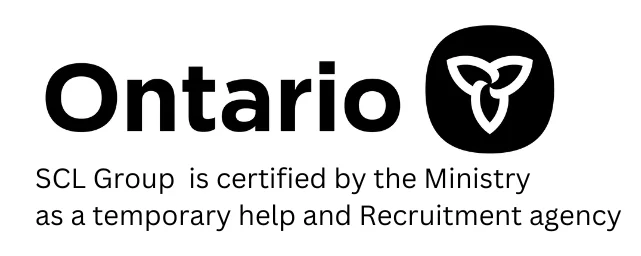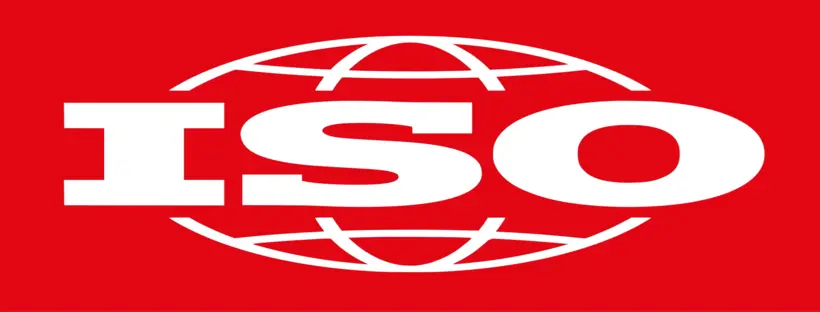Quantitative Mask Fit FAQ
Q: What should I do during quantitative mask fit testing?
A: During quantitative mask fit testing, you should follow the instructions provided by the fit testing provider or your employer. This may include wearing the mask according to the manufacturer’s instructions and the fit tester’s guidance, performing specific movements, such as talking, bending over, or moving your head side to side, as instructed, and cooperating with the fit tester to ensure accurate measurements. It’s important to remain still and avoid any unnecessary movements during the testing process to obtain reliable results.
Q: What happens after quantitative mask fit testing?
A: After quantitative mask fit testing, the fit tester will calculate a fit factor, which is a numerical value that represents the effectiveness of the mask in preventing the ingress of airborne particles. If the fit factor meets the required threshold set by regulatory standards or workplace policies, the mask is considered to have passed the fit test, and the wearer can continue to use it. If the fit factor does not meet the required threshold, the wearer may need to try a different size, type, or model of mask, or receive additional training on proper mask fitting techniques.
Q: Can I wear any mask that passed the quantitative mask fit test?
A: No, passing the quantitative mask fit test does not mean that any mask can be used. The mask that passed the fit test should be the specific make, model, size, and style of mask that was tested. Using a different mask may not provide the same level of protection, as different masks may have different designs, materials, and fit characteristics. Always use the mask that passed the fit test or another mask that has been approved by your employer or follows regulatory standards.
Q: Can quantitative mask fit testing be done on individuals with facial hair?
A: Facial hair, such as beards, moustaches, and sideburns, can interfere with the proper fit of a mask and may affect the accuracy of quantitative mask fit testing. In general, tight-fitting masks, such as N95 respirators, should be used with a clean-shaven face to ensure a proper seal. If you have facial hair, you may need to either shave it off or select a different type of mask that does not require a tight seal, as recommended by your fit testing provider or employer.
Q: Who can perform quantitative mask fit testing?
A: Quantitative mask fit testing should be performed by trained and qualified personnel, such as occupational health and safety professionals, certified fit testers, or other individuals who have received appropriate training on the fit testing process and equipment. It’s important to ensure that the fit testing provider has the necessary expertise and equipment to perform accurate and reliable quantitative mask fit testing.
Q: Is qualitative mask fit testing an alternative to quantitative mask fit testing?
A: Qualitative mask fit testing is another method of mask fit testing, but it is based on subjective assessment and does not provide quantitative data like fit factor. It relies on the wearer’s perception of taste or smell, or the tester’s observation of particles or odours, to determine if the mask fits properly. While qualitative mask fit testing may be used in some situations, quantitative mask fit testing is generally considered more accurate and reliable in assessing mask fit and ensuring proper respiratory protection.




